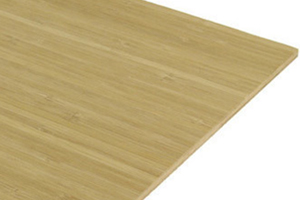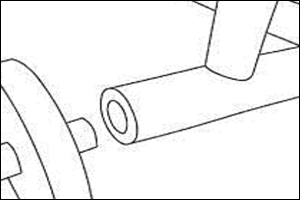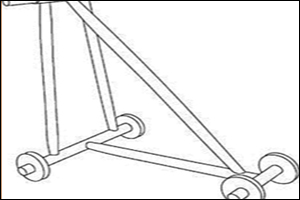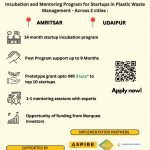
![]()
![]()
![]()
Baby Walker
Baby Walker
Overview
| Product Idea and description |
|
| Target group |
|
| Raw material required |
|
| Production capacity, facility and labour required |
|
| Production Process |
|
| Tools &Equipment’s required for production and prices |
|
| Financial linkages/ Government schemes | Regional Banks or FIs PMEGP, SIDBI etc. |
| Pricing Strategy | INR400 |
| Package, storage and transportation requirements |
|
| Marketing strategy | Estimate of the global market size of baby productsis USD 108 billion and market research analyst predict the global baby walkers’ market to grow at a CAGR of around 3% in 2020-2024. Major suppliers-Fisher-Price, Funskool (India) Ltd, Mattel Inc, MEGA Bloks, Masoom Playmates, Simba Toys, etc.
|
| Distribution Channel |
|
Production stage

Raw Material Procurement like Bamboo & plywood for making wheels


Design & cutting of raw material according to design size


Assembly-assemble the entire structure & attach the wheels


Sand the surface of the components by using sand paper for finish
Product SWOT Analysis
|
Strengths |
Weaknesses |
Opportunities |
Threats |
|
|
|
|
Financial Plan
To start the baby walker manufacturing business, one can invest 4.92L INR with a working capital requirement of 1.42L INR per month, assuming the working capital cycle is 25 days and runs for a total of 8 work hours in a day.
| S.No | Parameters | Unit | Value |
| 1 | Capital Cost | INR | 492300 |
| 2 | Working Capital | INR | 1704000 |
| 3 | Total Cost of Investment | INR | 2196300 |
| 4 | Sales | INR | 3360000 |
| 5 | Gross profit | INR | 1163700 |
| 6 | Tax @ 30% | INR | 349110 |
| 7 | Net Profit | INR | 814590 |
| 8 | Pay Back Period (Total Investment/Net Profit*12) |
Months | 32 |
| S.No | Parameters | Value |
| 1 | Land & Building | 400000 |
| Machinery & equipment | ||
| 2 | Power Hacksaw & Drill Machine | 8000 |
| 3 | Welding Machine | 20000 |
| 4 | General Tool Boxes | 10000 |
| 5 | Other equipment and accresories | 5000 |
| 6 | Electrification & Installation @ 10% cost of machinery | 4300 |
| 7 | Pre-Operative Expense | 10000 |
| 8 | Cost of Office Equipment | 35000 |
| 9 | Total Capital Cost | 492300 |
S.No | Parameters | INR/Unit | Value |
1 | Workers (2 No.) | 8000 | 16000 |
2 | Manager (1 No.) | 15000 | 15000 |
Raw Material & Utilities | |||
3 | Raw Material | 80000 | |
4 | Utility per Month | 8000 | |
5 | Water | 1500 | |
Other Contingent Expenses | |||
6 | Repair & Maintenance | 1000 | |
7 | Transportation | 8000 | |
8 | Telephone | 1000 | |
9 | Other Consumables | 1000 | |
10 | Advertisement & Publicity | 3000 | |
11 | Postage & Stationary | 500 | |
12 | Insurance | 5000 | |
13 | Miscellaneous Expenses | 2000 | |
14 | Grand Total of Working Capital (1 Year) |
| 1704000 |
S.No | Parameters | Unit | Value |
1 | Production per Month | Pieces | 400 |
2 | Selling Price per Product | INR | 700 |
3 | Turnover per Month | INR | 280000 |
4 | Annual Turnover | INR | 3360000 |



